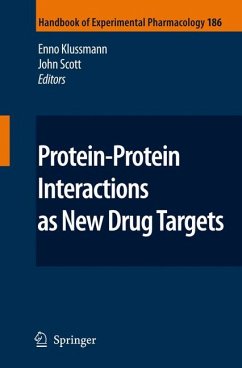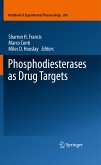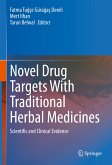This book discusses therapeutically relevant protein-protein interactions with a major focus on scaffolding proteins tethering signal transduction processes to defined cellular compartments by direct protein-protein interactions. Recent advances in the development of pharmacological agents interfering with protein-protein interactions are highlighted.
Dieser Download kann aus rechtlichen Gründen nur mit Rechnungsadresse in A, B, BG, CY, CZ, D, DK, EW, E, FIN, F, GR, HR, H, IRL, I, LT, L, LR, M, NL, PL, P, R, S, SLO, SK ausgeliefert werden.









